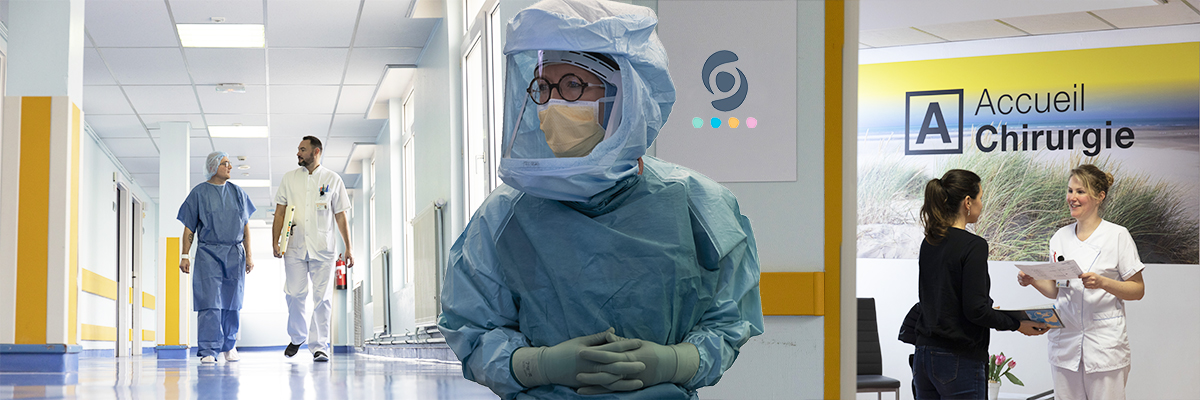Plastic & Reconstructive surgery
The Institut Calot's plastic and reconstructive surgery department treats a wide range of pathologies, including a centre of reference for the treatment of pressure sores.
OUR AREAS OF EXPERTISE
reconstructive surgery
for pressure sore
A pressure sore is a cutaneous lesion (wound) of ischaemic origin (reduced blood supply) caused by excessive and prolonged pressure in a sitting or lying position, with necrosis of the skin and deep tissues between the support area and the bone.
It always develops in a pyramid shape, like an iceberg, from the depths to the surface, with visible superficial lesions always less significant than the deeper damage.
Pressure sores most often occur in bedridden or wheelchair-bound patients, but also in "spinal cord injured" patients (paraplegics, quadriplegics), where reduced mobility sometimes leads to necrosis.
There are various types of pressure sore (sacral, ischiatic, trochanteric, heel and occipital):
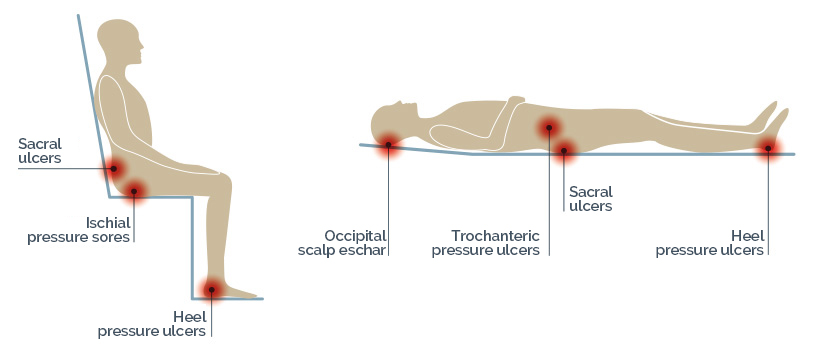
When is surgery necessary?
- Stage and evolution of the pressure sore (more than ten stages).
- Colour, size and depth of the pressure sore.
- Infection, bone contact, peripheral detachment, shearing.
- Pressure sores of the pelvic girdle (trochanter, ischium, sacrum and buttock).
- Involvement of noble organs (urethra, anal or vaginal lesion).
Breast reconstructive
surgery

Total breast reconstruction is recommended following removal of the breast due to breast cancer.
Reconstruction is an integral part of breast cancer treatment. The aim is to restore correct breast symmetry to every patient, enabling her to live her daily life more effectively.
In breast reconstruction, we have to meet 4 criteria:
- Breast augmentation (by prosthesis and/or lipofilling).
- Skin surface repair (by flap).
- Reconstruction of the nipple and areola (by tattoo or flap).
- Symmetrisation of the breast opposite the cancer (by augmentation or reduction).
WHY CHOOSE THE FONDATION hopale?
The technique used at the Hopale Foundation offers several advantages:
- Respect for lactation,
- Retention of 70% breast sensitivity,
- Retention of hot and cold contraction of the areola (small diameter of the areola post-op),
- No drain is used,
- Pain is managed by a local anaesthetic before waking up,
- No sutures need be removed,
- The operation is performed in the supine position in just 1 hour (unlike the classic technique performed in the seated position for 2 to 4 hours according to other teams),
- Reduced bleeding due to the supine position and the use of a mammostat tourniquet for more than 80% of the procedure,
- A single-block glandular resection specimen for good anatomopathological analysis.
platic and cosmetic
surgery
Cosmetic surgery focuses on improving an individual's physical appearance through surgical procedures. Although cosmetic surgery is often associated with changes in appearance for purely aesthetic reasons, it can also be used for medical reasons such as reconstruction after injury or illness.
Cosmetic surgery can include a range of procedures from non-invasive interventions such as Botox injections and chemical peels, to more complex procedures such as rhinoplasty, breast augmentation, or liposuction.
Our care offer
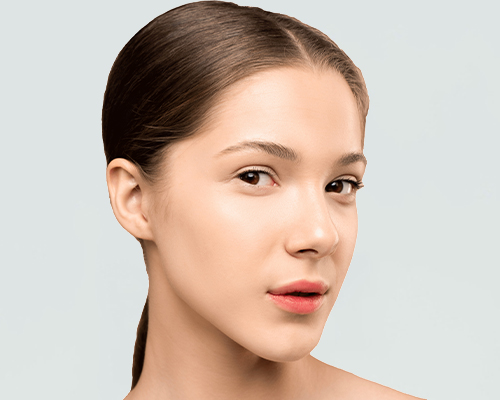
Facial surgery
● Rhinoplasty
● Genioplasty
● Eyelids
● Ears
● Facelift
● Botox injections
● Hyaluronic acid
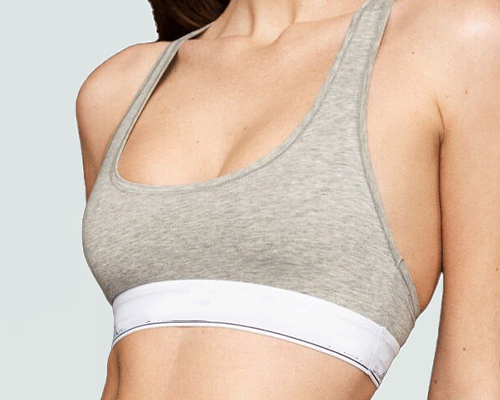
Breast surgery
● Breast augmentation with implants
● Breast reduction
● Correction of breast ptosis and asymmetry
● Breast reconstruction (after cancer or thoracic deformity)
● Gynecomastia
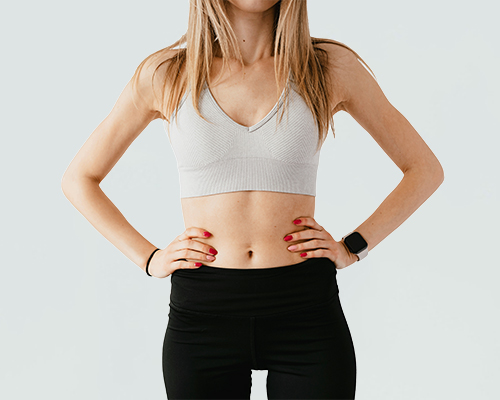
Body contouring surgery
● Liposuccion
● Arm lift
● Thigh lift
● Abdominoplastiy
● Buttock surgery

Cosmetic hand surgery
● Laser lipomodeling of the hands
● Injection of hyaluronic acid
burn surgery
Burn surgery is a specialised type of reconstructive surgery focused on treating the functional and aesthetic effects of burns.
The unique physiology of burns
Burnt skin behaves differently to healthy tissue, making surgery more complex.
Nutritional deficiencies
Burn victims often lack essential vitamins and minerals, requiring correction before and after surgery.
Various surgical techniques are used:
Skin grafting
Replacing damaged skin with healthy tissue from another part of the body.
Flaps
Transfer of healthy skin from a neighbouring area to cover the burn.
the lead surgeon
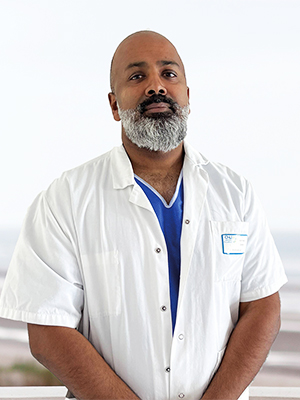
Professor RAPHAËL SINNA
Plastic Surgeon
Speciality
Plastic, reconstructive and cosmetic surgery
the facility covering this speciality
Hopale in videos



